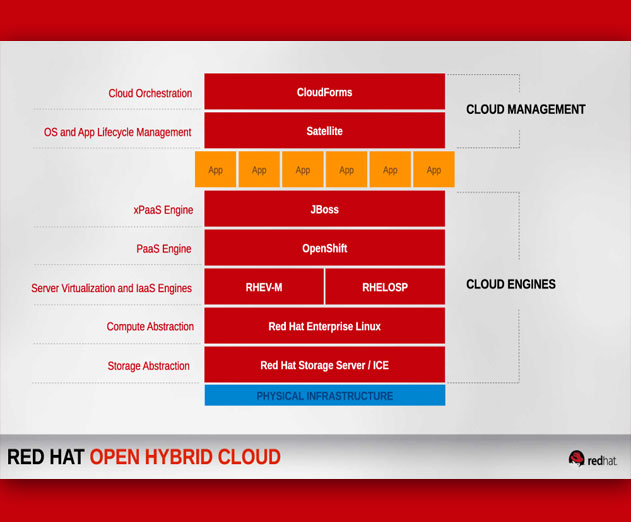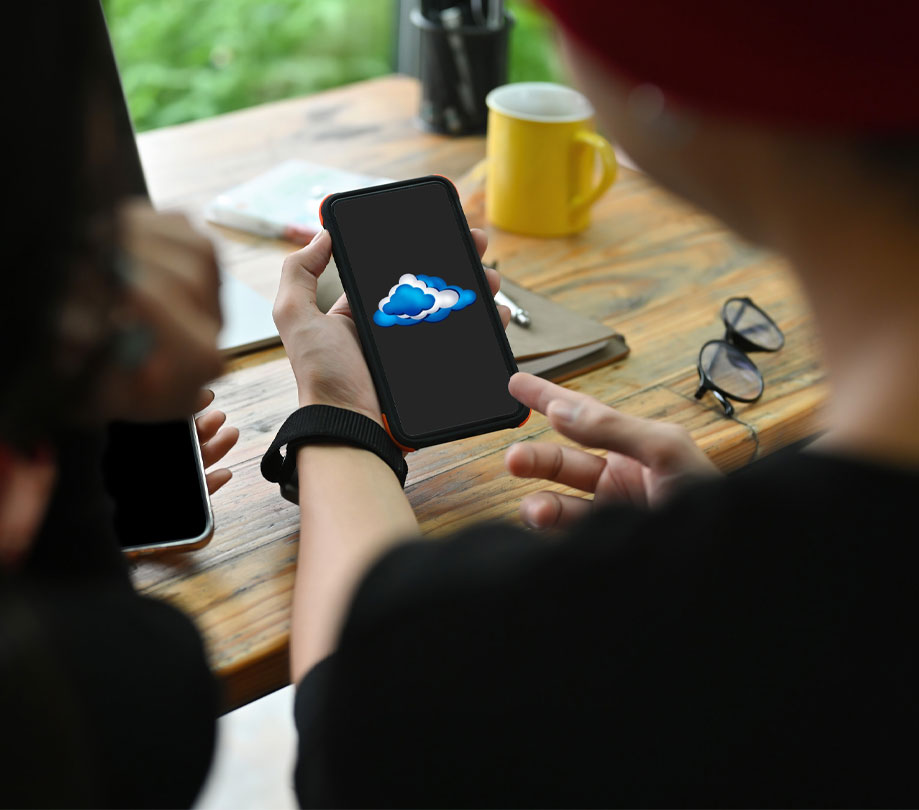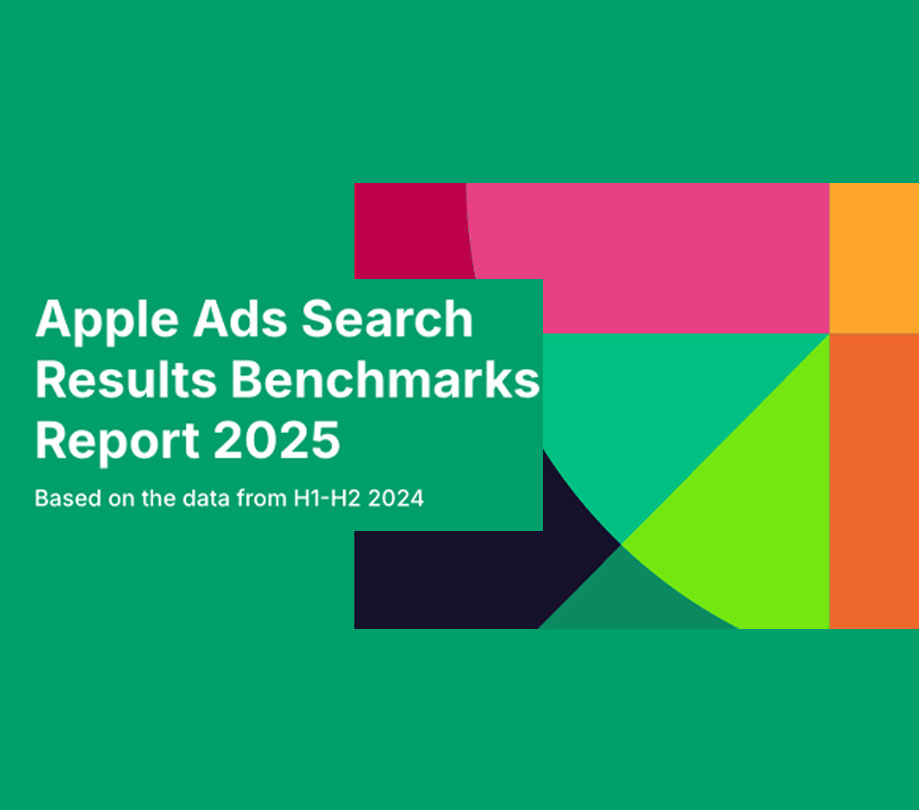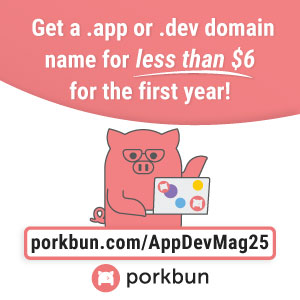Enterprise
Mapping the Mobile App Platform RFP
Tuesday, April 28, 2015

|
Cathal McGloin |

Besides an organizational course-correction towards mobile-first strategies, we are seeing the mobile enterprise shift to agile and open technologies. As organizations mature from developing one-off tactical apps, they continue to evolve their mobile strategies to drive new revenue streams and business models.
The increasing volume of apps, the complexity of connecting these apps with multiple back-end systems and the pressure of user demand have all spurred mobile innovation. Many organizations reach a tipping point in their mobile app initiatives where new approaches are needed in order to elevate mobility from departmental silos to a company-wide, strategic approach.
In response, standard developer toolkits and cloud-based mobile application platforms have emerged to enable agility across the app development lifecycle and to centralize control of security, integration, and policy management across a full portfolio of mobile projects. These mobile platforms support secure connectivity of apps to back-end systems via APIs and lightweight microservices, providing a backbone for discovery, reusability, and collaboration that leads to even greater developer agility.
The pace of mobile innovation is ever-changing. This causes apprehension when making tough mobile technology choices. Fear of lock-in, exposure to breaches, and negative past experience with mobile enterprise application platforms (MEAPs) can cause reluctance to invest in new technology.
Naturally, the process of choosing a mobile application platform to support app development and understanding how this will impact existing mobile initiatives can prove daunting. As mobile has created new demands on today’s IT organization it can also impact the Request for Proposal (RFP) process. A successful RFP will reveal which platform meets an organization’s mobile needs, helping the customer to achieve the best possible ROI.
Mapping the Mobile App Platform RFP
Enterprise-grade mobile application platforms help accelerate development while reducing the complexity of backend integration. The RFP should identify how the platform technology can achieve this with security and policy management in mind. The RFP should also address any concerns the business has around migrating and managing existing mobile projects so as to avoid re-inventing the wheel. Potential users should look ahead and imagine continuous innovations - will the chosen platform provide the flexibility to update quickly and easily?
Ultimately, an effective RFP demands a comprehensive examination of the platform inquestion. A RFP questionnaire is an essential ingredient. It should include feedback regarding different categories of platform functionality, such ashosting and infrastructure availability, device and development support, backend integration, team-based development and collaboration, administration and app management, reporting, scalability, and administration.
With these categories in mind, below are examples of key questions that must be considered:
- Is the platform cloud-hosted? What is the disaster recovery capability?
- Which devices and operating systems are supported for the development of hybrid and native apps?
- Describe how the platform handles integration with back-end systems and data.
- Does the platform provide multiple environments for developers to separate development and production?
- How can the solution scale with regard to high numbers of mobile apps, and how can the platform support them?
- Describe the options available for managing data security from device to back-end systems.
- Outline the hosting options supported by the platform (e.g. Public/Private/Hybrid), providing examples.
Explain how the solution supports a clear, transparent migration path for mobile apps built outside of the platform to be migrated onto the platform
Were commend a structured and detailed approach. At FeedHenry by Red Hat, we provide a specific Mobile Application Platform RFP template. The questionnaire provides for a full pictureof the mobile platform in question.
Moving Forward
According to a recent survey of Red Hat’s customers, nearly 70 percent report that this year mobility will be among their top IT initiatives. Therefore, choosing the right app platform to meet the demands of today’s mobile climate is vital.
Different mobile app platforms bring different mobile capabilities to the table, offering solutions to overcoming common barriers: development time, skills shortage, integration, security and cloud deployment. A successful RFP process will help you towards a roadmap that meets your business’ mobile needs, while also reaping return on investment.
Read more: http://scopetrader.com/partner/link/?ref=Mapping t
This content is made possible by a guest author, or sponsor; it is not written by and does not necessarily reflect the views of App Developer Magazine's editorial staff.

Become a subscriber of App Developer Magazine for just $5.99 a month and take advantage of all these perks.
MEMBERS GET ACCESS TO
- - Exclusive content from leaders in the industry
- - Q&A articles from industry leaders
- - Tips and tricks from the most successful developers weekly
- - Monthly issues, including all 90+ back-issues since 2012
- - Event discounts and early-bird signups
- - Gain insight from top achievers in the app store
- - Learn what tools to use, what SDK's to use, and more
Subscribe here













Comments